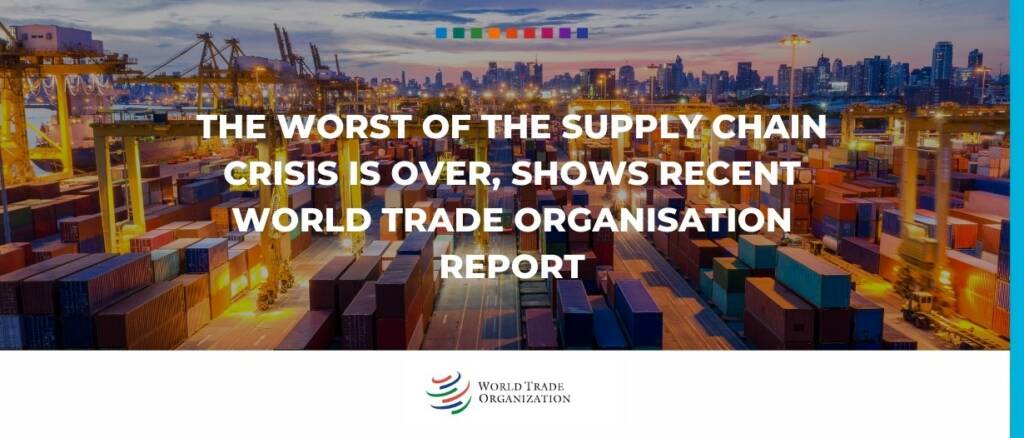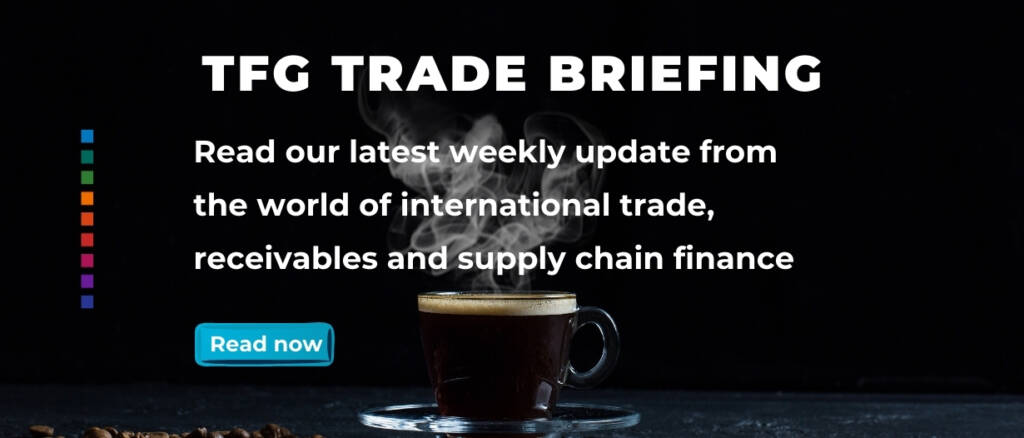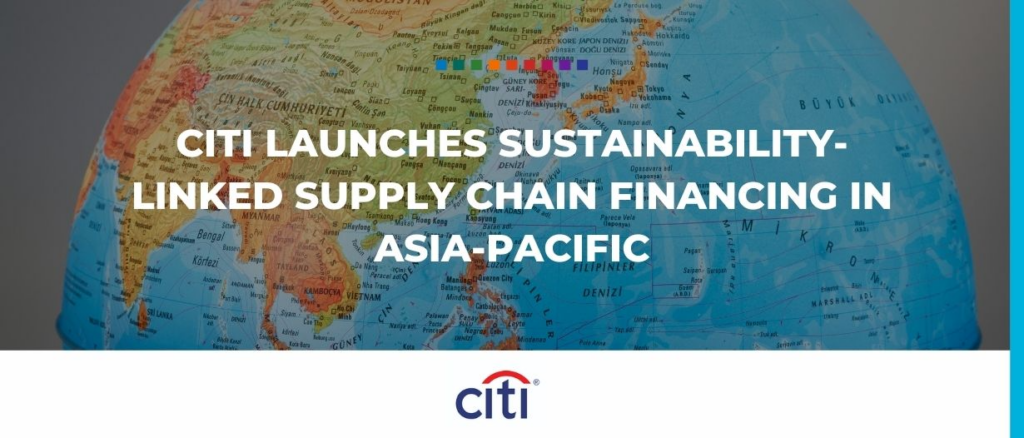FCI Academy, the education arm of FCI, has launched a new e-learning course on Supply Chain Finance and Reverse Factoring. As the latest addition to FCI Academy’s six online modules,… read more →
BAFT is the leading financial services association for international transaction banking. In his new role, Stevenson will lead BAFT’s trade-focused policy, practices, and education initiatives, and support its trade-related councils and committees.
The supply chain crisis appears to be subsiding, according to the World Trade Organization’s (WTO) most recent World Trade Report.
Your Monday morning coffee briefing from TFG: COP26 gets underway, with a Denmark-led agreement on low-carbon shipping, and a UK emissions disclosure agreement in the making.
Our editor Deepesh Patel had the pleasure of moderating a panel on Greensill at FCI’s 53rd Virtual Annual Meeting 2021.
Letters of credit emerged in Europe in the 1800s. However, in their early days the functionality of letters of credit was limited, due to the non-uniformity of national laws.
Baris Kalay, head of trade and supply chain finance for Europe, Middle East, and Africa (EMEA) at Bank of America, caught up with TFG’s Deepesh Patel at ITFA’s Annual Conference held in Bristol, England.
US investment bank Citi has launched its first sustainability-linked supply chain finance (SSCF) programme in Asia-Pacific. Through the SCCF programme, Citi aims to support clients as they advance ESG priorities,… read more →
New research has found that up to $50 trillion in new investment in SMEs will be needed to reach global net zero transitions goals. A joint white paper, released today… read more →
Steven Lauricella explains the five things CFOs and Treasurers need to know about the new regulations, and how alternative solutions can be harnessed to fund crucial supply chain initiatives.
























